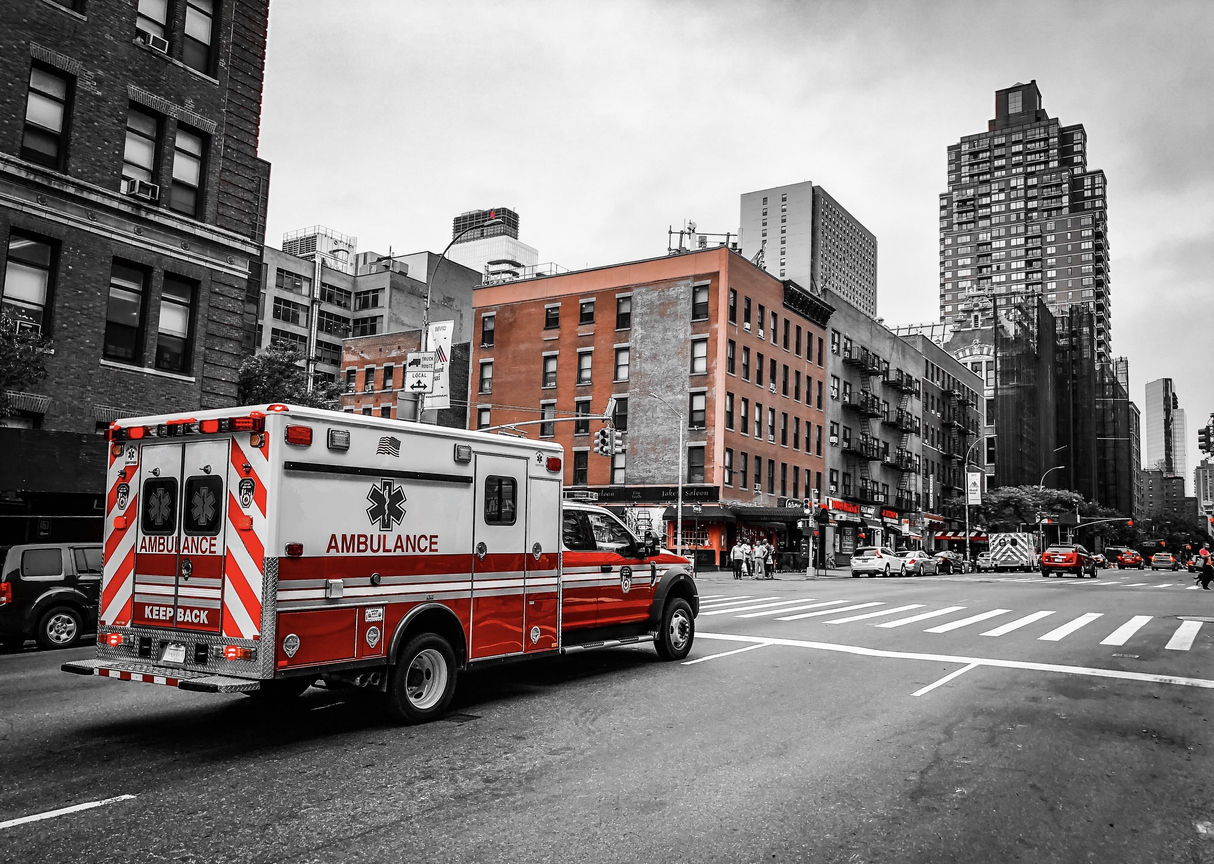
Ambulances and other EMS vehicles travel millions of miles every year, taking patients to hospitals nationwide. But while there are road rules that give emergency service vehicles precedent and protections, they still face the same risks when it comes to accidents. There are an estimated 6,500 EMS vehicle accidents involving ambulances each year; 35 percent of crashes resulted in injury or fatality to at least one occupant of a vehicle involved.
Whether responding to an emergency, transporting a patient, driving to a posting location, or returning to their quarters, EMS drivers and providers need to understand the road risks and how to prevent ambulance accidents.
Don’t Trust Other Drivers
Other drivers can be distracted, falling asleep, talking, or even under the influence when they’re on the road. EMS drivers need to be defensive in their driving, anticipating the drivers around them will make the worst possible driving decisions. EMS drivers should never trust another driver to do the right thing as this helps to keep them aware and focused on getting their patients transported safely.
Always Buckle Up
It may seem like a simple task, but buckling up and ensuring that patients in the back of the vehicle are securely fastened doesn’t always happen. This is also just as important for the different items that need to be secured in an ambulance, such as bags, fire extinguishers, and medications. In a crash or during emergency maneuvering, unsecured items can become dangerous projectiles and cause severe injury or death.
Driving Through Rush Hour and Other Busy Times
Any roadway has the potential to become a hot zone filled with traffic and obstructions. EMS drivers can minimize their exposure to all other vehicle traffic by putting as much distance between them and the other vehicles. When driving through rush hour, it’s essential to always have sirens and lights on when transporting patients. When approaching intersections, always slow down before proceeding.
Red Lights and Sirens Aren’t Always Effective
When it comes to using lights and sirens, as noted above, emergency service vehicles aren’t always safe. The risk associated with red lights and siren use, which give an ambulance right of way and permission to operate above the posted speed limit, is well known, but not always followed. Emergency service drivers should use their lights and sirens, but understand that this doesn’t necessarily mean that other drivers pay attention.
EMS vehicles are not immune to the same risk factors that other drivers deal with on the road. While not every risk can be prevented, utilizing these steps can significantly reduce the chance of being involved in an accident while trying to transport patients.
About Provident Fire Plus
At Provident Fire Plus, we offer custom-tailored packages to best protect firefighters and volunteer firefighters. We understand the risks that emergency response teams are subjected to on a daily basis, and have worked to serve these dedicated professionals for over 87 years. For more information about our products and policies, we invite you to contact our experts today at (855) 201-8880.

